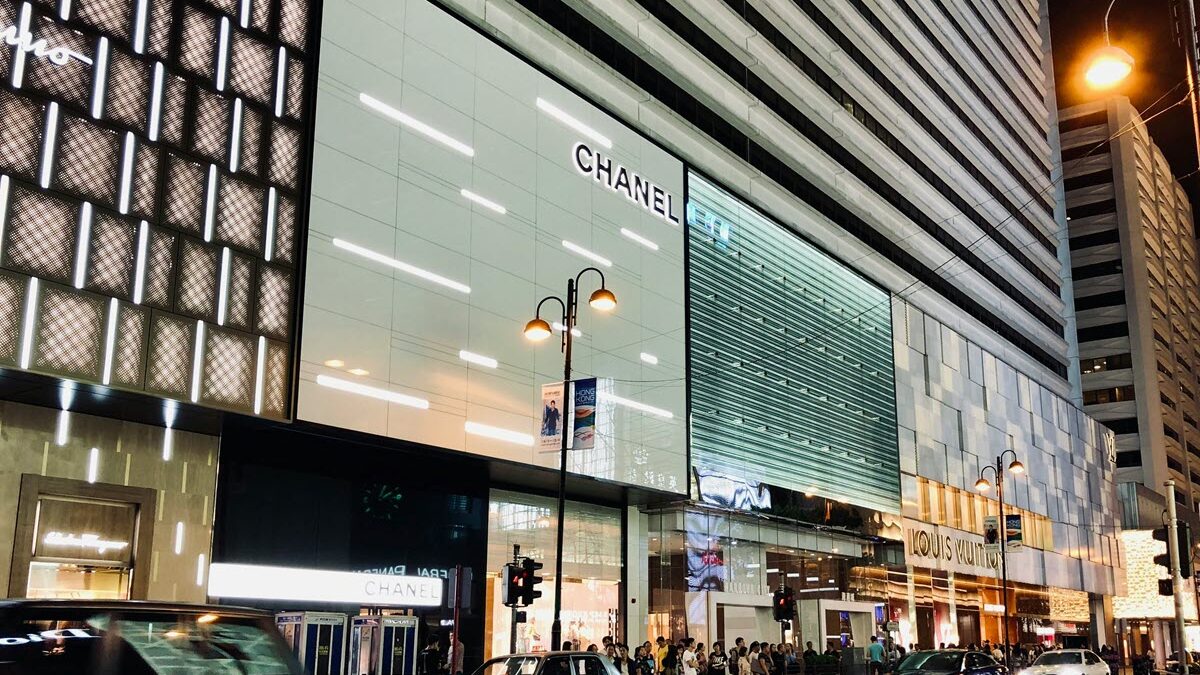As of Q4 2025, DOOH advertising has captured companies’ major attention as one of the effective elements in the digital media mix during the busy holiday shopping season. Here’s why & how businesses should leverage it.
Even though the notion of DOOH advertising is nothing new, it hasn’t been widely perceived as the integral element of brands’ digital marketing strategies until recently, – rather as a separate medium or a supporting component to TV campaigns.
Nonetheless, while CTV advertising has been gaining ground over the past decade as a potential game changer in how digital advertising will evolve in the coming months and years, 2025 appears to be the year when DOOH ads are making a real, so-to-speak, comeback.
Simply put, many businesses across various market verticals have come to view the integration of DOOH ads into their media mix, as one of its essential, and in many ways indispensable, components.
Blame it on the improvement of targeting, the introduction of the more refined programmatic features in this ad sector, or the worldwide generative AI boom, but the volume of ad spend in the DOOH ad niche has been growing at a cruising speed in 2025, and this trend is likely to persist in 2026. Namely, according to eMarketer, programmatic DOOH in the U.S. is predicted to grow by 23% in 2025, likely exceeding 1,200,000,000 USD in 2026, whereas the global ad spend in the DOOH niche is anticipated to surpass 26,000,000,000 USD by 2030 (per Statista).
The Secret Ingredient: Brand Favorability
While targeting precision and the streamlined auction dynamics in the programmatic DOOH (pDOOH) niche obviously play an important part in making digital-out-of-home a lucrative advertising medium for companies, its most significant benefit, as a part of a full-funnel campaign strategy, lies in the notion of “brand favorability.”
In this respect, as the 2024 Out of Home Advertising Association of America (OAAA) research reveals, over 70% of consumers tend to favorably perceive DOOH advertising, and more importantly, over 75% of viewers tend to take a meaningful action (e.g. peruse a product website, make a purchase, etc.) upon seeing such ads.
The recent BÄS study by Facit Research [on behalf of Mediaplus, Ströer & WallDecaux] also reaffirms this. Namely, its results demonstrate that 3 DOOH contacts in tandem with 1 outstream or instream video ad play, for instance, help achieve 70%+ assisted ad recall. More importantly, the combination of DOOH ad units and instream and/or outstream video ads also allows increasing viewers’ willingness to engage with a brand by ~58%, which makes this mix particularly beneficial for activation campaigns.
Practical Tips on Mixed-Media Campaign Optimization
As the experts confirm, an optimal contact frequency, a balanced media mix and ongoing ad budget optimization can significantly improve the overall performance of digital advertising campaigns involving DOOH.
For instance, the BÄS study indicates that a 4-contact approach drives comparatively higher engagement, than a 2-contact one, with peak effectiveness achieved through sequential, rather than parallel exposure, within a 48-hour contact window. At the same time, overexposure typically reduces campaign effectiveness, making frequency capping a key factor in campaign setup.
In terms of media mix optimization, according to the recent neuroscience research, in addition to launching digital ad campaigns for DOOH and outstream/instream video, applying a so-called social out-of-home (SOOH) approach, i.e. priming brands’ social rich media and video ad content with DOOH units, can be advantageous, too. Namely, as the study results prove, a carefully planned SOOH campaign enables maximizing audience’s familiarity with a brand, strengthening and improving brand perception and favorability, and reinforcing brand relevance, especially if social DOOH content is further endorsed and amplified by influencers.
As for ad budgeting strategies, the analysts admit that a potentially efficient approach is to dynamically adjust allocated ad budgets, specifically in pDOOH campaigns, based on real-time performance data, instead of opting for a fixed budget share for campaign sets.
Wish to find out more about video ad integrations (VAST/VPAID, etc.) in the DOOH environments via AdPlayer.Pro? Contact your dedicated account manager or send an email to sales@adplayer.pro.

